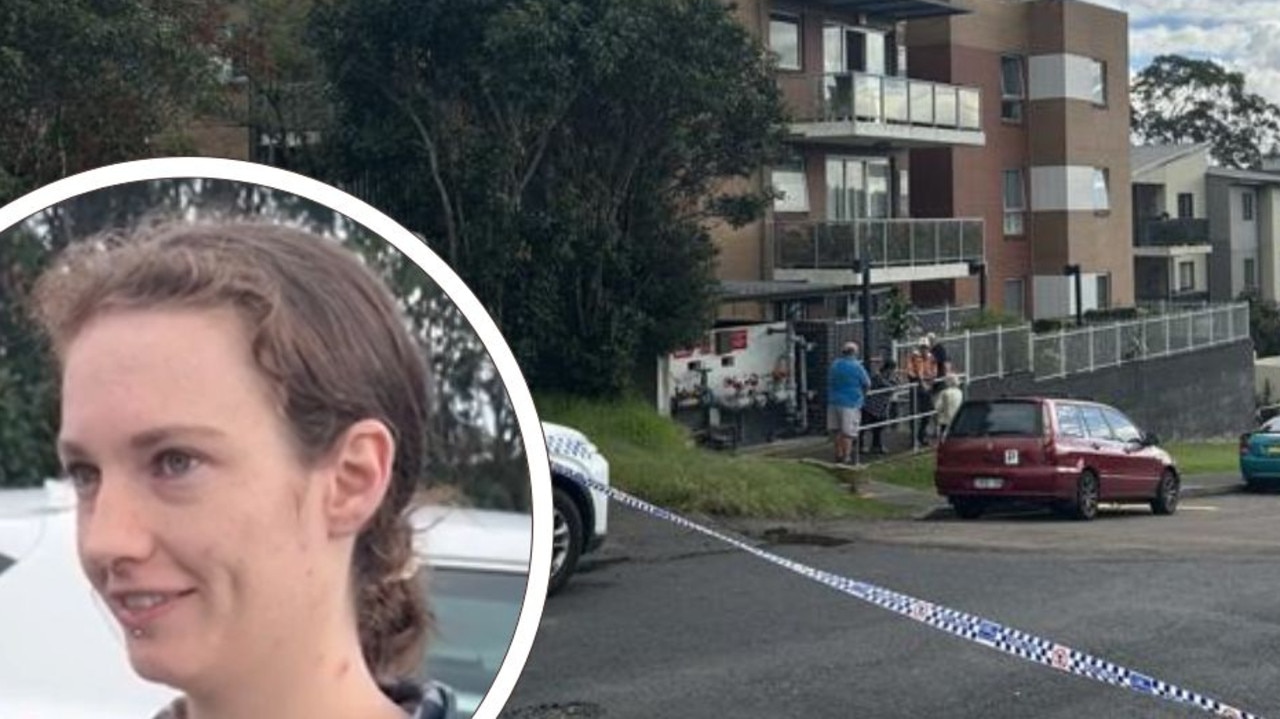Peat Island: Darkinjung release redevelopment plans for former asylum
Tourists will be able to walk the “troubled” halls of the state’s most notorious asylum for the first time if plans for stage one of a masterplan to redevelop Peat Island are approved.
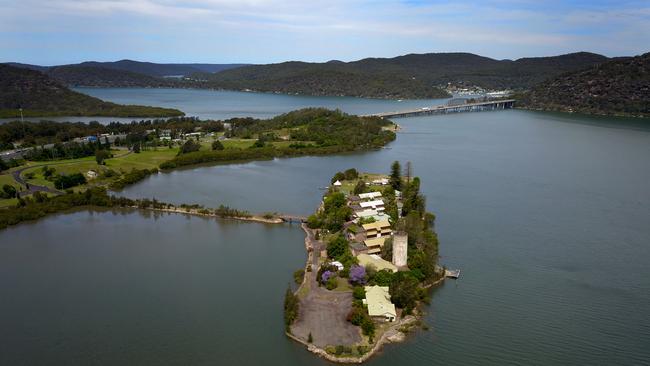
Central Coast
Don't miss out on the headlines from Central Coast. Followed categories will be added to My News.
Tourists will be able to walk the “troubled” halls of the state’s most notorious asylum for the first time if plans for stage one of a masterplan to redevelop Peat Island are approved.
Under the initial plans, the former Burumbilla office building will be turned into a cultural centre and caretaker accommodation, while an old dairy and associated shed will be converted into a cafe with indoor and outdoor seating for 86 people.
Various proposals for what to do with the island, passed by thousands of motorists every day as they head north across the Hawkesbury River Bridge, have been floated by successive state governments even before the former mental health institution was finally decommissioned in 2010.
The most recent proposal to rezone the 8ha site and turn it into a gated private luxury housing estate and tourism resort was withdrawn in May 2022, before the then Liberal Government gifted it to the Darkinjung Aboriginal Land Council.
Three years in the making, Darkinjung has now lodged a development application (DA) for the first stage of its masterplan.

The proposed works have an estimate cost of $4.1m and are limited to the mainland foreshore area of the site at Mooney Mooney, but does include a 55m-long jetty and gangway leading to a 20m-long floating pontoon.
A new accessible boardwalk will be built linking the cafe to the foreshore and a new viewing platform, while six landscaped tiered car parks will accommodate 112 vehicles and two electric charging stations.
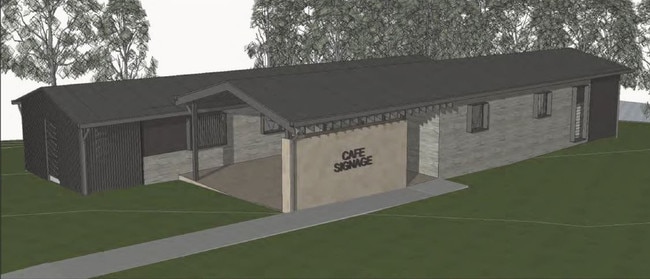
From the cultural centre Darkinjung plans to host twice daily guided walking tours of Peat Island — also known by its indigenous name Kooroowall-undi — to give tourists a Port Arthur style experience of the former asylum’s troubled past.
“The jetty will on the northern side of the causeway will be used by current and future tour operators to pick up and drop visitors embarking on water-based guided tours,” the DA states.
“It will also provide temporary mooring for a limited number of private boats wanting to pick up a coffee or light snack before continuing on their way along the Hawkesbury.”
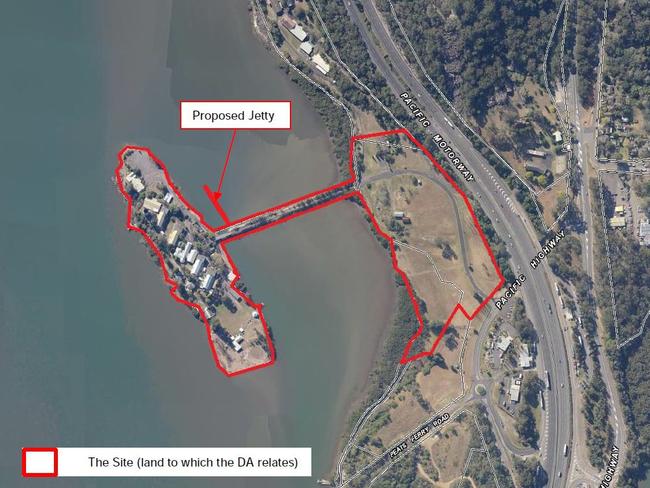
“Along with the guided walking tours of Kooroowall-undi (Peat Island), the visitor and cultural centre within the former administration building will provide an opportunity for visitors to learn about and understand the site’s long, conflicting and at times troubled history.”
The DA states once operational the site will employ about 15 staff and inject between $1.2m and $3.2m a year into the local economy.
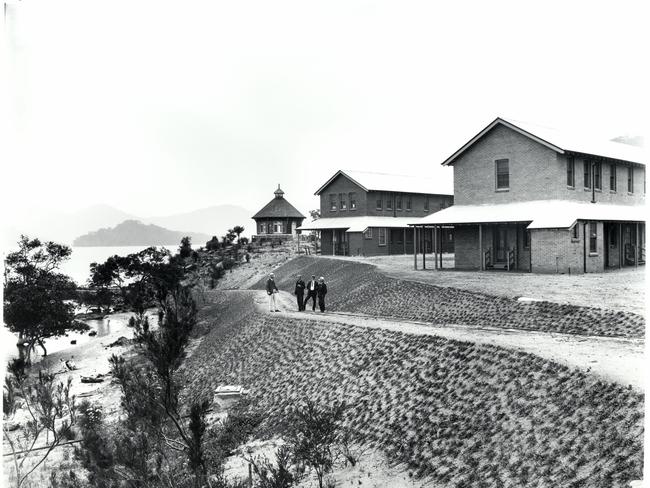
“By establishing the site as a key tourism destination, the DA will also provide the foundation necessary to enable the commercial viability of the master plan’s future components,” the DA states.
“Future stages are in the early planning phase, but preliminary discussions suggest that the existing buildings north of the current DA site boundaries could be retrofitted to provide commercial accommodation, supporting up to 44 rooms, with potential further expansion to support more rooms.”
Public submissions on the DA will open from May 23.
TROUBLED HISTORY
First built in 1904 to house female “inebriates” or alcoholics, the site was never used for this but opened as the “Rabbit Island Hospital for the Insane” 1910 to ease overcrowding in other asylums at Newcastle and Parramatta.
Within a year its first 20 patients had grown to 106 and it would remain overcrowded for years.

By 1940 the mainland site was acquired for vegetable gardens, staff accommodation and a dairy to feed the patients.
Various press reports document drownings and unexplained deaths of young men and boys over the years and at least 300 patients who died during their time on the island were interred in unmarked pauper’s graves at nearby Brooklyn cemetery.
In 1973 it became the Peat Island Hospital before yet another name change to Peat Island Centre until its last patients were relocated in 2010.




